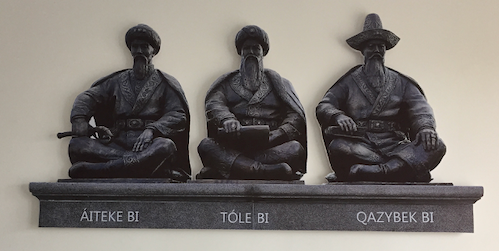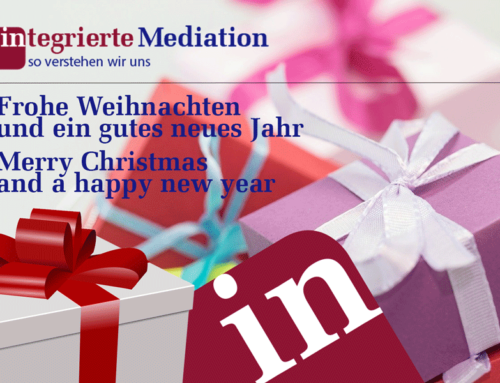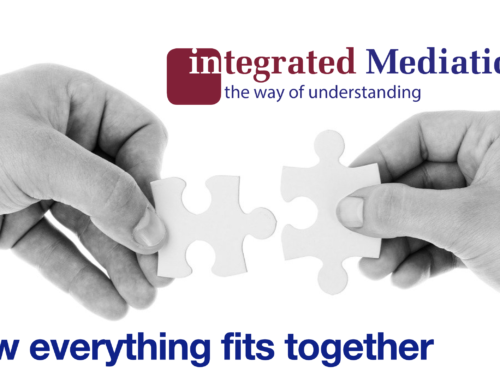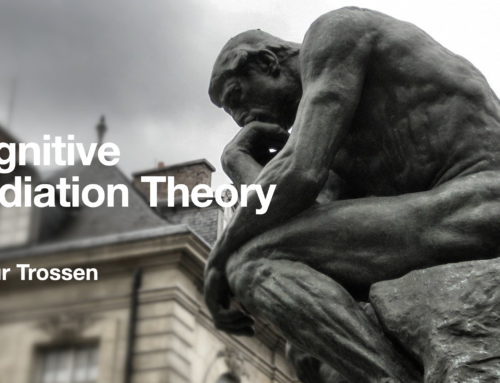A travelogue
The arrival
At first, you do not see much of the country on such a business trip. The plane arrives at 6 o’clock in the morning. At 9 o’clock the seminar begins. In Germany, that would be in the middle of the night (5 o’clock in the morning).
Of course, it is not possible to sleep in the five-and-a-half-hour direct flight from Frankfurt to Nur-Sultan. Working in economy class is limited. The board videos are only in Kazakh, Russian and English. So you doze off and think about how to offer something new to the mediators in the seminar. As it was announced, the participants were already certified and fully trained mediators.
On site
At the airport I was picked up. There was just enough time to check in at the hotel. The hotel was totally ok and of good quality. That is not self-evident. Especially if the principal chooses the hotel and likes to set different requirements than the expert.
The hotel was quite far from the venue. After all, it was already bright and I got a first impression of the city as the taxi drove through the crowded, wide streets from one end of town to the other.
I’ve never been to Nur-Sultan, though I have been already in Astana, which was supposed to be the same thing. The city has been renamed. And not only that. What I found was a completely different impression than what I remembered from my last visit to Astana. My last visit was a long time ago.
The new name of the city not only stumbles as a German. The Kazakhs also said that they have to get used to the name. Nur-Sultan, what kind of name is that? But if you know that Nur doesn’t mean only but something like sunbeams, it clearly shows what is meant and why the city has been renamed. At least the parts of the city in which I moved are completely new. Only 10 years ago, it was explained to me, all this was still a steppe.
The new old spirit
The city has shifted its center and completely reinvented itself. There are many original buildings, many skyscrapers. None is simply rectangular with a flat roof on top. An architect will be thrilled when he experiences the composition of form, color and light, which gives the city (as far as I could experience it) its character.
It is hard to believe that the speed of their emergence does not impress functional quick-builds, but elaborately constructed buildings that are anything but cheap and improvised. Cross lines and curves characterize the picture. There is a plan behind it. Diversity is the topic.
Therefore, it is only logical to find a Christian church, an Orthodox church and mosques despite the Islamic name of the city. Everything is freely accessible. The only building I saw surrounded by a massive protective fence was the American Embassy. Of course, there are also the old, slightly exaggerated Russian prefabricated buildings. However, they did not disturb the modern image of the city and prove its diversity.
Conciliation in tradition
Arriving at the conciliation office, where the seminar was to be located, I was greeted by the picture of a relief of the three Biys Aiteke Bi, Tole Bi and Quazibek Bi. I was told that these were wise men, who used to work as conciliators. In the past those persons were highly respected. I later found out, that this was the period from the 15th to the 18th century.
The conciliation center wants to build on the history and again establish a council of the Biys, I was explained. I found it very exciting that one tries to link mediation to existing traditions. At least at its first glance. Since I got more interested in it that issue I realized that the so-called biys were some kind of arbitrators (see https://e-history.kz), not what we mean by mediators today.
The participants
My impression was that the difference between arbitration, conciliation and mediation in the participants’ presentation was quite fluid. A comparison was described as participatory negotiation, in which the judge is not actively involved. A conciliation is the settlement negotiation with the participation of a third party. Whereas the mediation is not bound to the subject of the dispute.
The participants were mostly judges. But also a doctor and a businessman were among them. Contrary to the announcement, not all were trained mediators. This is not a big problem when it comes to mediation in the understanding of integrated mediation. The integrated mediation provides an extended perspective on mediation. It is based on the cognitive theory of mediation, which was developed from the spheres of integrated mediation. Therefore, even experienced mediators are not bored when they attend a basic seminar and experience about the same they know already from a slightly different perspective.
Mutual learning
Financially, such expert missions are not really interesting. The profit is the experience to be gained. For me the advantage is not only to learn how other cultures deal with mediation, but also to see how different mediation and its understanding is seen.
The predominant motive of the participants was a preparation for professional use after retirement. Many called themselves retired Judge although they did not look so old. Avoiding a lawsuit was important to everyone. I realized why this was so important when one of the participants explained to me that after the certainly quite challenging seminar she had to work on cases until late at night.
The difference
The concept
Yes, they know a lot about mediation. They know the phases and a few rules, but not what they mean and why they are so important. This is the special knowledge of Integrated Mediation. However, the phenomenon can also be observed in Germany. A mediation law existed since 2006. Apparently, the demand is not as desired. Again, there are parallels to Germany. Therefore one considers to introduce the mediation as obligatory. I had the impression that my opposition to such an idea was not welcome.
The most widely spoken word of the participants was reconciliation. As it seemed, participants considered mediation a reconciliation concept. I see it a concept af clearifying the conflict based un mutual understanding, where reconsiliation might be an outcome. The focus is different now. It became visible, when a roleplay participant tried to persuade a divorce couple of the viability of their relationship, although this solution was neither intended nor considered, since the parties wanted to get separated.
Unfortunately, those seminars are too short and the language barriers too high to get to the bottom of the underlying methodical and conceptual questions. But we will have more contact. There are also inquiries from other associations in Kazakhstan about cooperation with Integrated Mediation.
The content
The result
The feedback was “very inspirational”, “we gained new ideas and insights and need to think about them”, “we learned a lot from the examples and demonstrations”. The other way to ask was particularly noticeable. The fact that the question of why is not expedient was a surprise to many.
It’s a start. When the other way of thinking about mediation unfolds, the event has paid off.
The departure
With me, many lasting impressions have emerged. They concern the handling of mediation, questions of implementation, culture and, of course, the city that bears the sunbeam in its name. As I have already experienced in Kyrgyzstan and other Stan countries, the Kazakhs did not miss any opportunity to point out that they are descended from nomads. Maybe they want to point out their mobility or is it flexibility or adaptability?
Agility is also expressed in the newly emerging city Nur-Sultan. It gives the tradition a space, although it is rebuilt. Traditional patterns blend into a modern, highly functional image. That impressed me deeply. One could recognize a mediation between old and new. The tradition is taken up, not replaced. The conciliation center follows the same approach. If the Kazakh mediators succeed in extending tradition and modernity to mediation, the country certainly has a good chance of advancing mediation.
So that no false impression arises, I would like to point out that the travel report is based only on impressions, which has unfortunately allowed only a selective perception of the city and the mediators. But they have left behind a motivation to become more interested in the development of mediation in Kazakhstan and the country.
Foto in the header, I took at the entrance of the concilistion centre.






Leave A Comment
You must be logged in to post a comment.